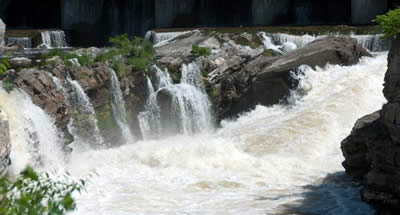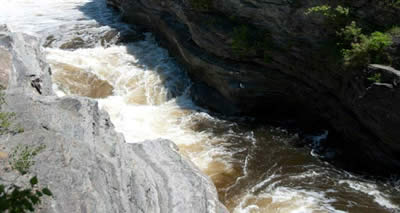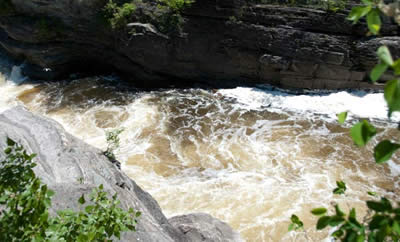Ottawa has the good fortune of being near lots of water, mostly in the form of two rivers, the Ottawa and the Rideau. The Rideau drains into the Ottawa. Historically, the Rideau Canal was built to accommodate trade between Ottawa and as far as Kingston.
To facilitate boat traffic, a number of locks were installed. In addition to the locks, dams were built, typically next to the lock, to manage the flow of water. Near to where I live is a lock/dam called Hogs Back. The dam side flows over a series of rocks, that are typically quite nice to look at, but with the spring melt, become a raging rapid.
So, this spring (2014), I brought my video camera down to Hogs Back to capture the wild torrents, much more wild than in other years, crazy huge flows. After a bit of filming, a fellow asks if I am there to video the kayakers. “Huh?”, I said. He tells me three kayakers are suiting up getting ready to run the Hogs Back rapids.
So, I stick around and capture the following video. Amazing stuff. For 20 seconds in the rapids, it must have been invigorating, not to mention very cold.
For comparison, here are some pix of the flow in June, Very pretty, but not nearly as dangerous. Note when the initial kayaker goes over the first flow, that is the same point as the first picture below. Pretty amazing.





